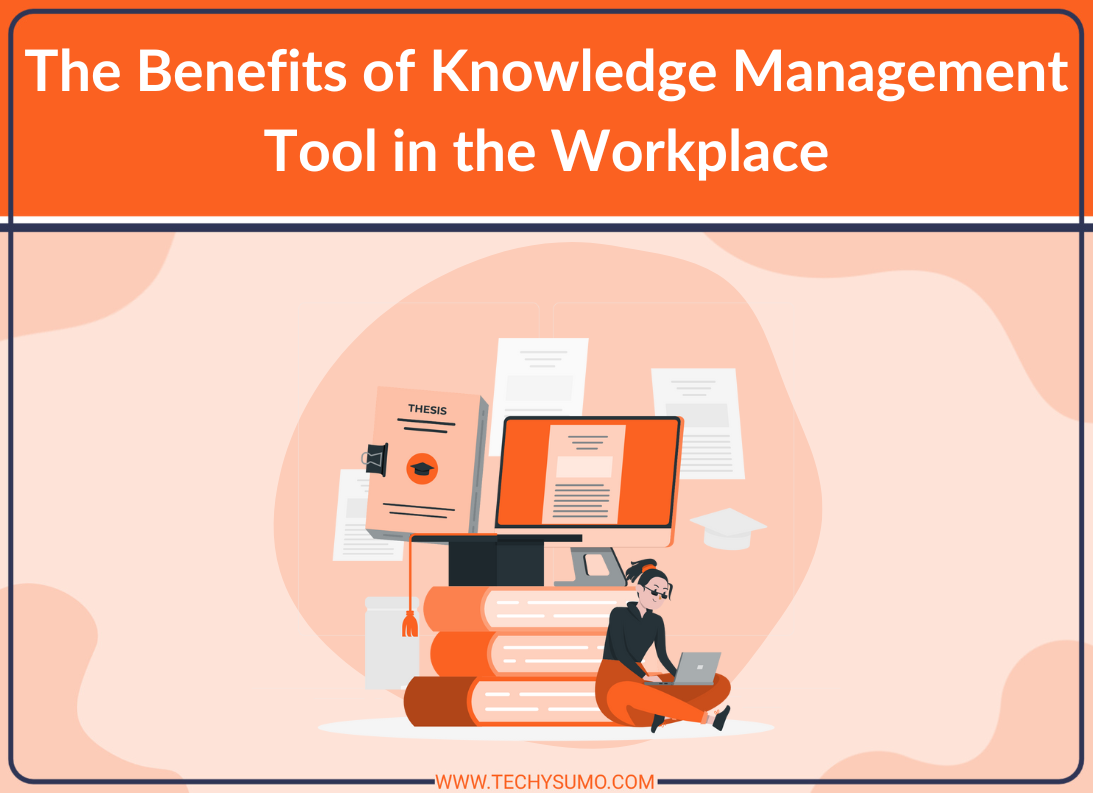Organizations seek ways to improve efficiency and ensure smooth operations in today’s fast-paced business environment. One powerful solution is the use of knowledge management systems, which provide centralized access to vital information. These tools help streamline operations and ensure that employees have what they need at their fingertips. Below, we will explore the key benefits of implementing such a system in your workplace. Keep reading to discover how it can transform your business.
Table of Contents
Streamlining Information Access for Enhanced Productivity

A knowledge management tool allows employees to access information quickly, reducing the time spent searching for documents and data. With everything organized in one place, team members can find the resources they need without unnecessary delays. This efficient access to information significantly boosts productivity, allowing employees to focus more on their core tasks.
This system supports the use of powerful search functions, enabling employees to pinpoint exactly what they need. The tool typically uses metadata and categorization to ensure information is easily located. The tool accelerates decision-making and problem-solving by minimizing the need for employees to sift through files manually.
Moreover, centralized access ensures that everyone in the organization works with the same up-to-date information. Employees can quickly refer to the latest reports, updates, and best practices without worrying about outdated versions. This consistency fosters a more unified approach to work and enhances the overall efficiency of operations.
Accessing critical knowledge from anywhere at any time also offers greater flexibility. Employees who are remote or on the go can still access the information they need to stay productive. This adaptability helps organizations maintain workflow continuity regardless of location or time zone.
Also Read
Improving Collaboration and Communication Across Teams

A knowledge management tool enables teams to collaborate more effectively by providing a shared platform for communication. Team members can quickly exchange ideas, documents, and feedback, regardless of location. This instant sharing of resources fosters a more connected workplace, promoting a stronger sense of collaboration.
By providing a centralized hub for communication, employees can engage in discussions and contribute to projects in real time. Information can be easily shared across departments, ensuring everyone is on the same page. This level of coordination improves day-to-day operations and long-term strategic initiatives.
The tool also helps bridge communication gaps by providing a space for knowledge sharing. Employees can contribute their insights, expertise, and solutions to challenges faced by others. This encourages a culture of continuous learning and problem-solving, which is essential for maintaining competitiveness.
When team members are empowered to share knowledge freely, it fosters trust and mutual respect. Employees are more likely to collaborate when they feel their contributions are valued. As a result, teams experience greater synergy, leading to better outcomes and more innovative solutions.
Reducing Knowledge Gaps and Supporting Employee Growth
Implementing a knowledge management tool addresses knowledge gaps within an organization. Employees can easily access the company’s collective knowledge, ensuring that vital information is not lost over time. This helps prevent situations where crucial expertise is siloed, making it difficult for other employees to learn and grow.
New hires benefit from knowledge management tools as they have immediate access to resources that speed up their onboarding process. Instead of relying on time-consuming training sessions, new employees can quickly familiarize themselves with best practices, company procedures, and historical data. This reduces the learning curve and enables them to contribute more quickly to team goals.
Moreover, experienced employees can use the system to pass on their knowledge to others. Whether it’s through written documents, tutorials, or shared experiences, employees are encouraged to mentor others and share insights. This knowledge transfer creates a more resilient workforce that can easily adapt to challenges.
A knowledge management system also plays a role in supporting continuous employee development. Employees can independently further their skills and expertise by accessing a broad range of information. The tool acts as an ongoing learning resource, promoting self-sufficiency and career growth within the organization.
Overall, implementing a knowledge management tool significantly enhances workplace efficiency, collaboration, and employee growth, creating a more agile and effective organization. By centralizing information, fostering continuous learning, and streamlining communication, companies can build a more productive, adaptable workforce that drives long-term success.






